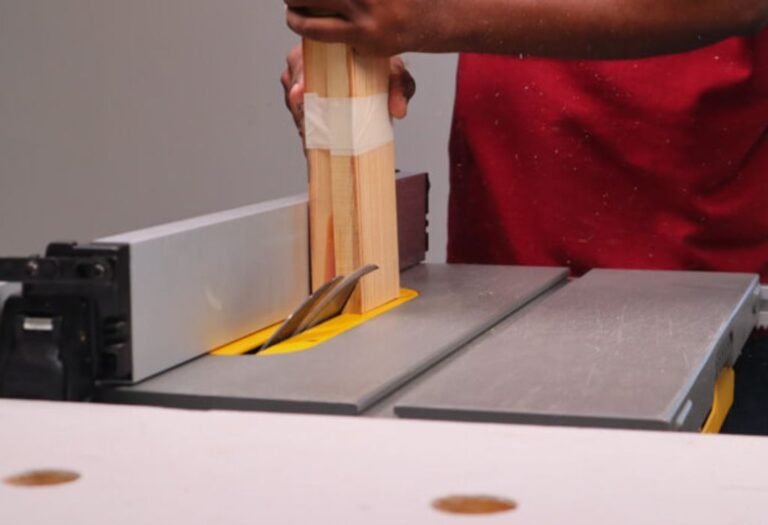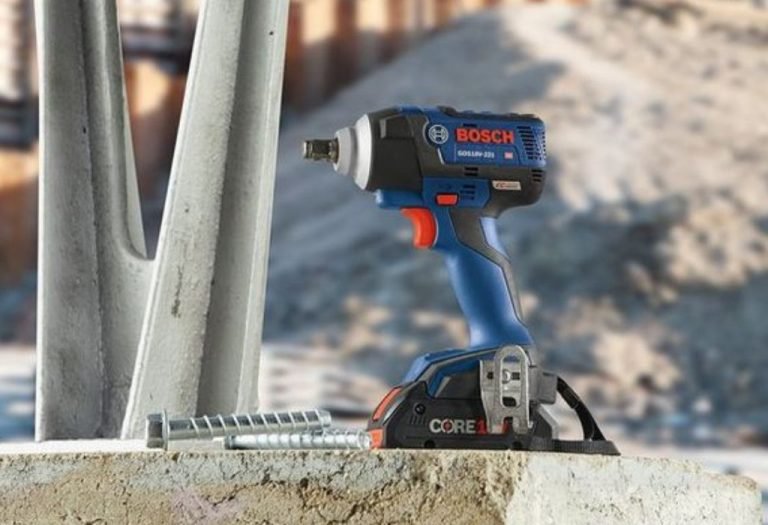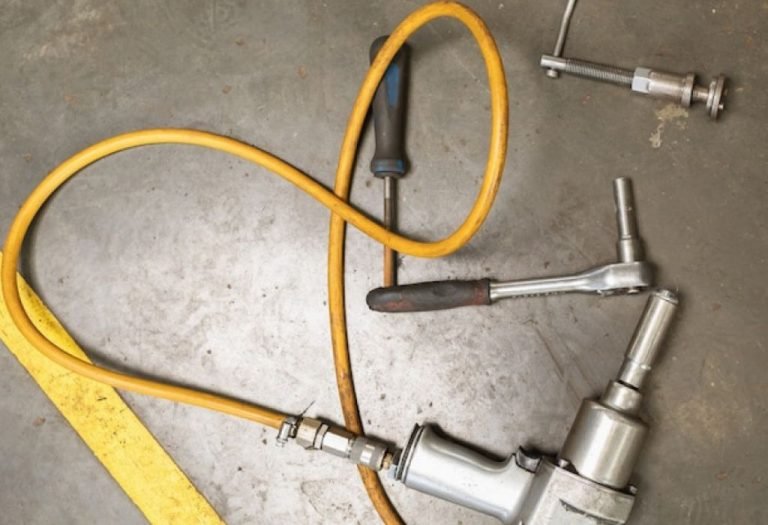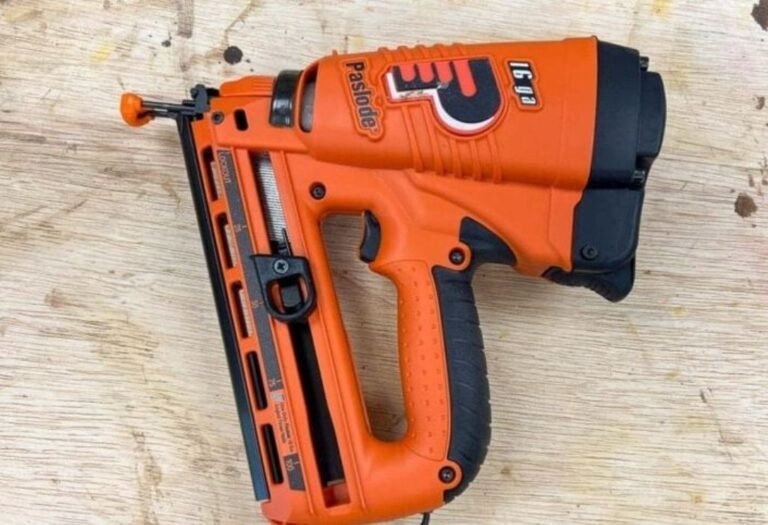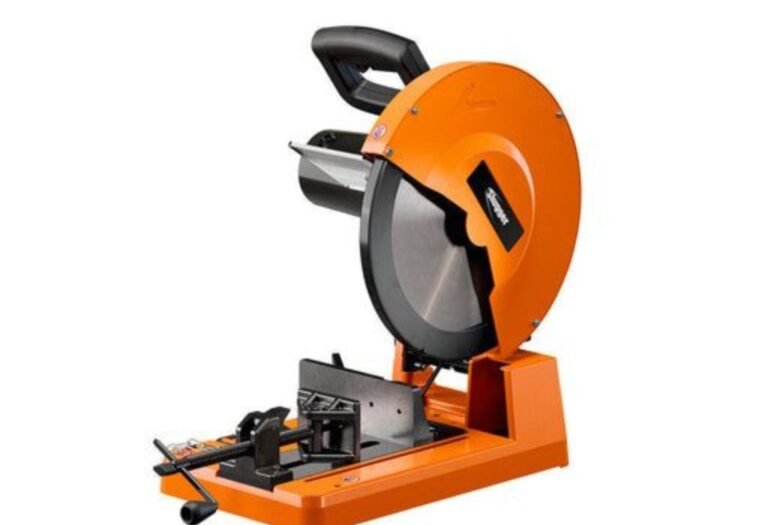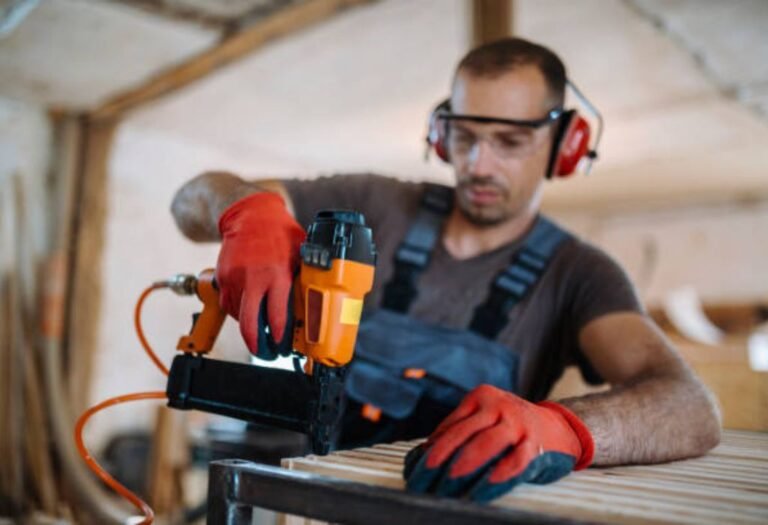How to Use a Heat Gun to Remove Paint Step by Step
Stripping old paint can be one of the most frustrating parts of home renovation. Scraping by hand takes hours, while harsh chemical strippers leave behind strong odors and potential health risks.
For many homeowners, the discovery of the heat gun feels like a game changer.
This simple tool delivers concentrated hot air that softens stubborn paint, making it bubble and peel away with minimal effort.
Unlike chemical options, it requires no toxic solvents and often works faster than sanding.
The key question is not whether a heat gun can remove paint, but how to use it correctly. Without the right method, surfaces can scorch, paint can smear instead of lifting, and fumes may create safety hazards.
According to the U.S. Environmental Protection Agency, lead-based paint is still present in millions of homes built before 1978 【https://www.epa.gov/lead/learn-about-lead】.
Heating or disturbing these surfaces without precautions can release harmful particles into the air.
The global home improvement market has surpassed $400 billion, with more homeowners choosing DIY solutions over hiring contractors 【https://www.statista.com/statistics/1230120/us-home-improvement-market-size/】.
As interest grows, heat guns are becoming a must-have tool for efficient and eco-conscious paint removal.
This guide will take you step by step through how to use a heat gun to remove paint safely and effectively.
From preparation and protective gear to technique and finishing touches, you will learn how to make old surfaces look fresh again—without the headaches of outdated methods.
What Is a Heat Gun and How Does It Work?
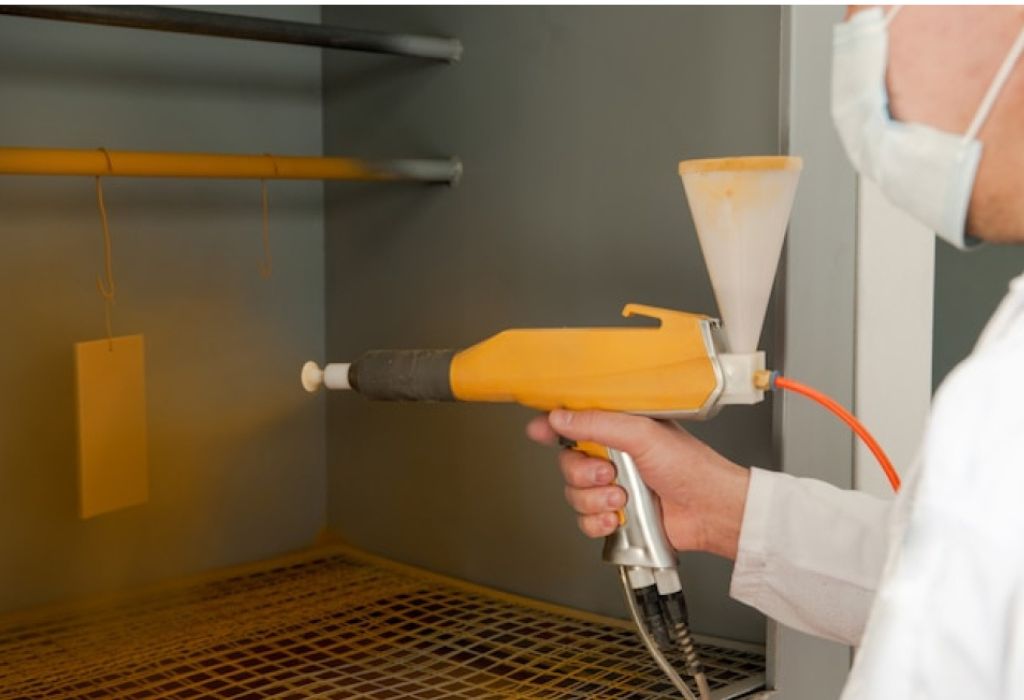
A heat gun is a handheld device that looks similar to a hairdryer but generates air temperatures between 100 and 1000°F. The hot air stream softens paint layers, loosening their bond with wood, metal, or other surfaces.
Unlike sanding, which grinds away paint, or chemical strippers, which dissolve it, heat guns allow the paint to bubble up for easy scraping. This makes them a cleaner and often faster alternative.
What temperature should I use to remove paint?
Typically between 500–1000°F, depending on the surface and type of paint.
Can any heat gun remove paint?
Yes, but models with variable temperature control offer better results.
Does a hairdryer work instead?
No, hairdryers do not reach high enough temperatures to strip paint.
Is a heat gun safe for all surfaces?
No, avoid delicate veneers or plastics that may warp under high heat.
Safety Precautions Before Using a Heat Gun
Safety is the most important step before beginning paint removal. Heat guns generate extreme temperatures and can easily cause burns or start fires if misused.
Always wear protective gear such as gloves, goggles, and a respirator mask. Work in a well-ventilated space to avoid inhaling toxic fumes, especially if the paint is old.
Is paint removal with a heat gun toxic?
Yes, heating old paint can release harmful fumes without proper ventilation.
Can a heat gun start a fire?
Yes, if held too close to flammable surfaces or left unattended.
What PPE is required?
Heat-resistant gloves, protective goggles, and a respirator mask.
Should I test for lead paint first?
Yes, especially in homes built before 1978 where lead paint is common.
Tools and Materials You Will Need
Having the right tools ensures that the process is smooth and efficient. A basic setup includes the heat gun, a paint scraper or putty knife, drop cloths, and protective equipment.
Sandpaper is also recommended to smooth out any remaining paint residue. A fire extinguisher nearby adds an extra layer of safety.
Do I need a special scraper?
A wide, flat scraper is ideal for lifting softened paint.
Can I reuse the same heat gun for other tasks?
Yes, heat guns are versatile and useful for many projects.
Is sandpaper necessary?
Yes, it helps remove small remnants and prepares the surface.
Should I cover floors and furniture?
Yes, drop cloths protect against falling paint chips and stains.
Step-by-Step Guide: How to Use a Heat Gun to Remove Paint
The process of using a heat gun is straightforward but requires patience. The key is to heat the paint evenly and scrape it while still soft.
Start by preparing the workspace with covers and ventilation. Hold the gun 2–3 inches away, moving slowly until the paint bubbles, then scrape it off with a putty knife.
How close should I hold the gun?
About 2–3 inches from the surface for even heating.
When do I know paint is ready to scrape?
When the paint starts bubbling or blistering slightly.
Can I heat too long in one spot?
Yes, it may scorch wood or damage the material.
Do I need to scrape fast?
Yes, while the paint is still warm and pliable.
Common Mistakes to Avoid When Removing Paint with a Heat Gun
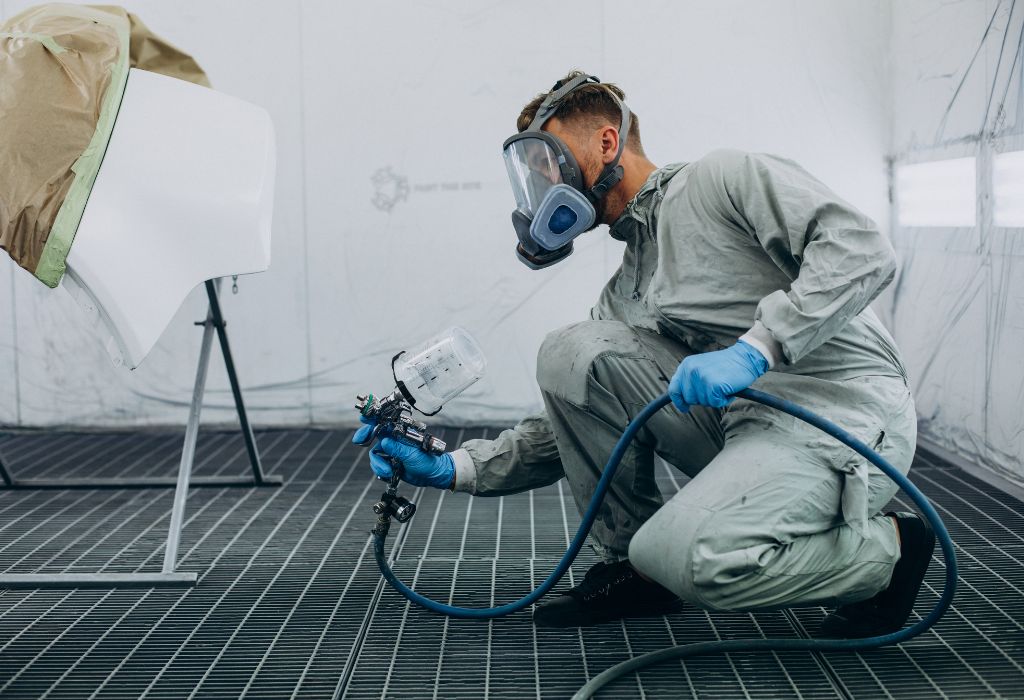
Many beginners hold the heat gun too close, which can burn or scorch wood. Another mistake is overheating in an attempt to speed up the process.
Using the wrong scraper can also gouge the surface, leaving permanent damage. Neglecting PPE increases the risk of inhaling toxic fumes.
Why does the wood burn?
Because the heat gun was held too close or set too high.
Why won’t the paint bubble?
The temperature setting may be too low.
Why does the paint smear instead of peeling?
It was scraped too early before fully softened.
Can I speed up the process with higher heat?
No, it only increases the chance of surface damage.
Best Surfaces and Projects for Heat Gun Paint Removal
Heat guns are excellent for stripping paint from wood furniture, doors, and trim. They are also effective on metal railings and hardware.
However, they are not recommended for plastics, drywall, or thin veneers that can warp. Their efficiency makes them popular for furniture refinishing and large, flat surfaces.
Can I use a heat gun on drywall?
No, it may scorch or damage the surface.
Is it safe for outdoor paint removal?
Yes, but wind may affect heating efficiency.
Can it remove paint from brick?
Yes, though the process is slower than other methods.
Is it good for furniture refinishing?
Yes, especially for solid wood pieces.
Alternatives to Heat Guns for Paint Removal
Heat guns are not the only option for paint removal. Chemical strippers are powerful but come with toxicity concerns.
Sanding is effective but time-consuming and messy. Infrared paint removers are safer heat alternatives but cost more.
Which is safer, chemicals or heat guns?
Heat guns are safer with proper precautions.
Which is faster, sanding or heat?
Heat guns usually work faster on large areas.
Do infrared tools work better?
They are safer and gentler but less accessible.
Can I combine methods?
Yes, heat gun followed by sanding often gives the best results.
Aftercare: Cleaning and Prepping the Surface
Once the paint is removed, collect chips and dispose of them responsibly. Wash the surface with mild detergent to remove any residue.
Light sanding ensures a smooth finish before applying primer or new paint. Proper preparation improves adhesion and extends the life of the finish.
Do I need to wash the surface after?
Yes, to eliminate dust and leftover residue.
Can I repaint immediately?
Yes, once the surface is dry and smooth.
How do I dispose of old paint chips?
Seal them in a bag and follow local waste regulations.
Should I always sand after heat removal?
Yes, it ensures a clean and even surface.
Heat Gun Brands and Models Recommended for Paint Removal
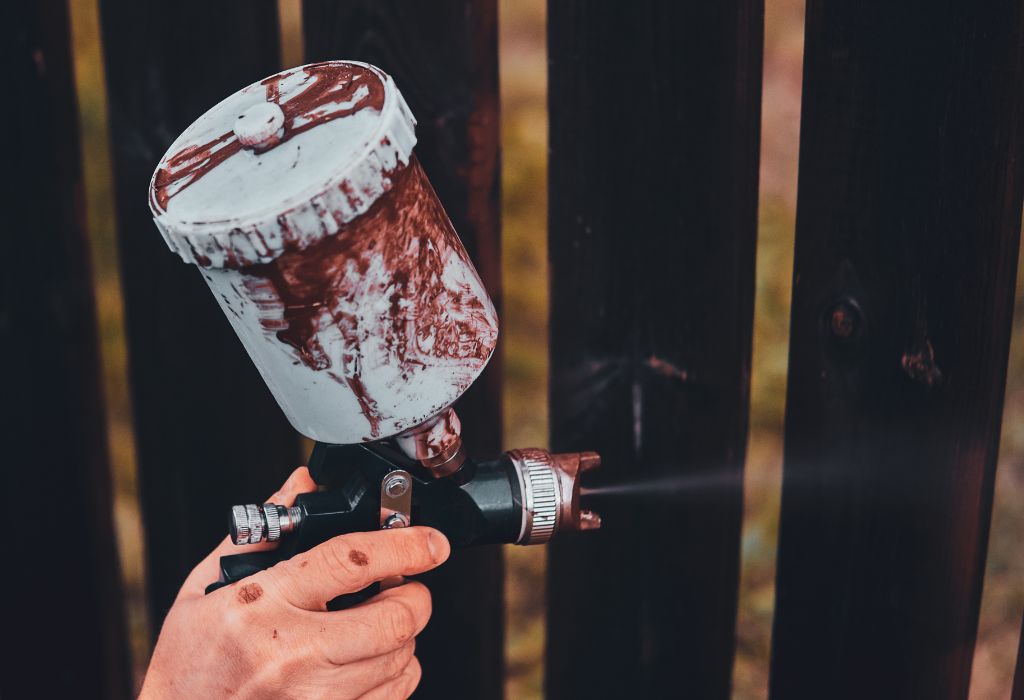
Entry-level heat guns like Wagner Spraytech are affordable and effective for beginners. Mid-range options from DeWalt and Makita offer more durability and precision.
Professional-grade models from Milwaukee and Bosch provide advanced temperature control and long-term reliability. Corded models run longer, while cordless ones are convenient for small jobs.
Which heat gun is best for beginners?
Affordable models like Wagner Spraytech are a great start.
Are cordless heat guns effective?
Yes, though battery runtime is limited.
What’s the average price?
Between $30 and $150, depending on brand and features.
Do professionals use different models?
Yes, they often prefer higher-end adjustable models.
Future of Paint Removal Tools
The future of heat guns points toward safer and smarter technology. Manufacturers are developing tools with temperature sensors and automatic shut-off features.
Cordless models are also improving as battery technology advances. Eco-conscious design is becoming more important in tool manufacturing.
Will heat guns get safer?
Yes, with built-in sensors and better safety features.
Will they replace chemicals completely?
Not fully, but they are becoming the preferred option.
Are cordless models the future?
Yes, as batteries become more powerful and efficient.
Is demand for heat guns rising?
Yes, driven by the growth of DIY and professional renovations.
Conclusion
Heat guns provide a faster, safer, and more eco-friendly way to strip paint compared to chemicals or endless sanding. Their ability to soften paint for easy scraping makes them a valuable tool for both DIYers and professionals.
By following the right techniques and safety precautions, you can avoid common mistakes and achieve smooth, clean surfaces. Investing in a quality heat gun and using it properly ensures efficient results and reduces health risks.
For anyone asking “how to use a heat gun to remove paint,” the answer lies in preparation, patience, and safety. With the right approach, your renovation project will be cleaner, quicker, and more rewarding.

I’m Michael R. Turner, the founder, lead writer, and passionate DIY enthusiast behind 101diytools.com. With years of hands-on experience in home improvement and power tools, I built this platform to share practical tips, in-depth guides, and honest reviews to help DIYers of all skill levels tackle projects with confidence and the right tools.

